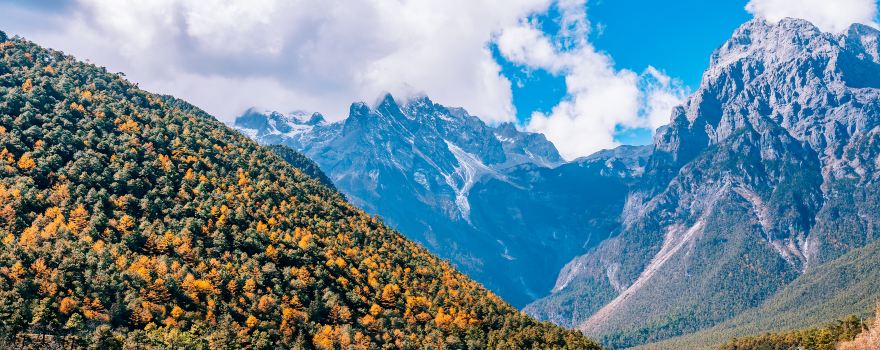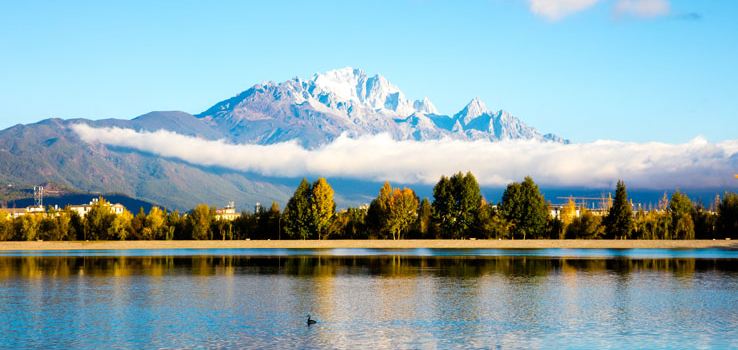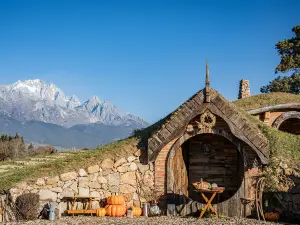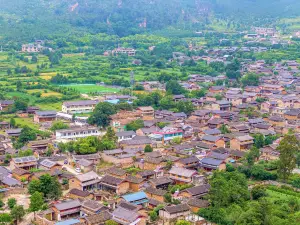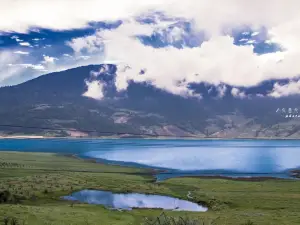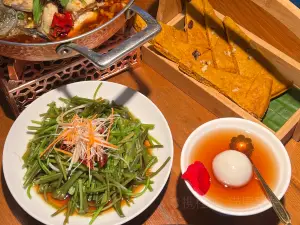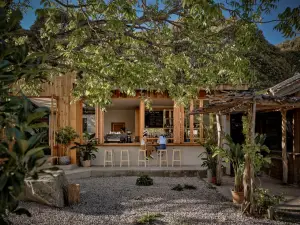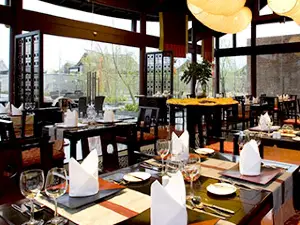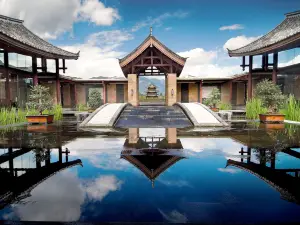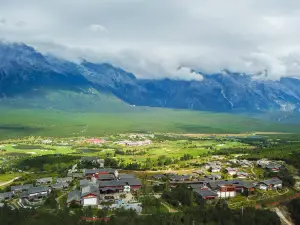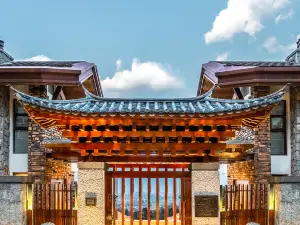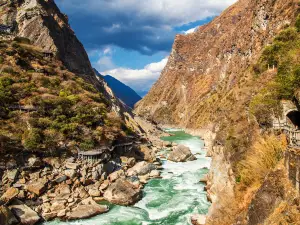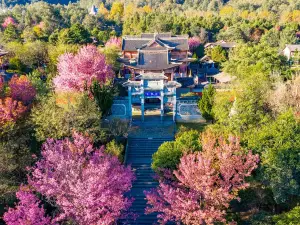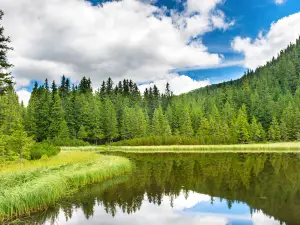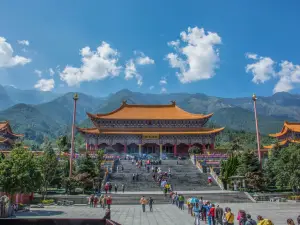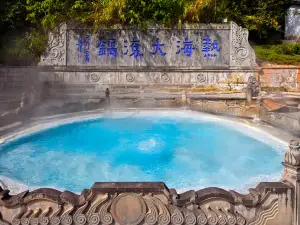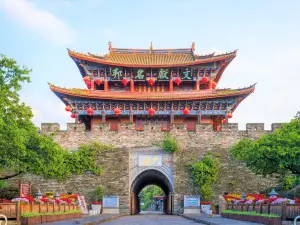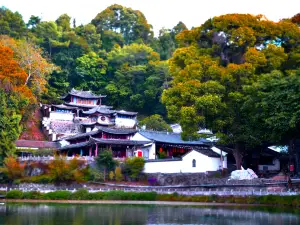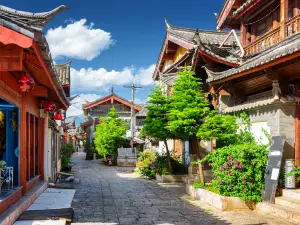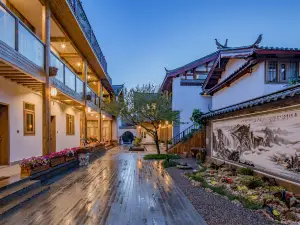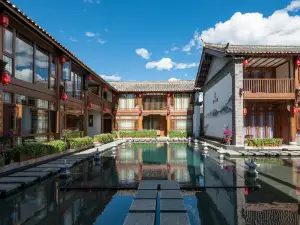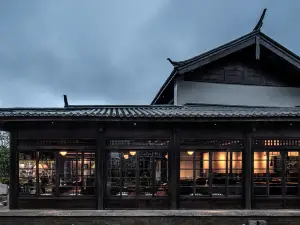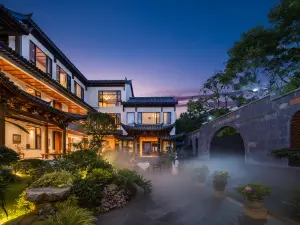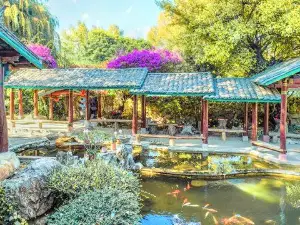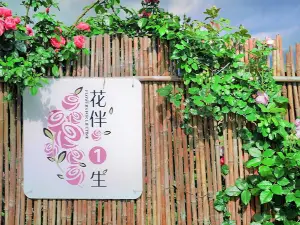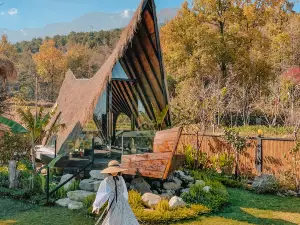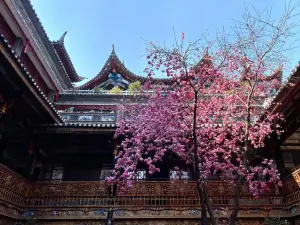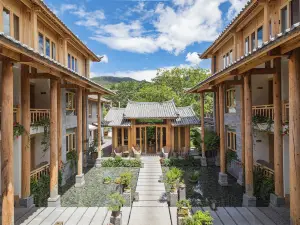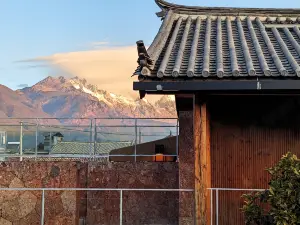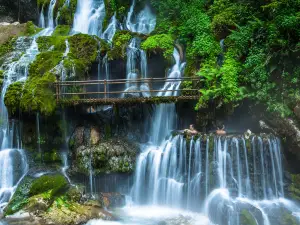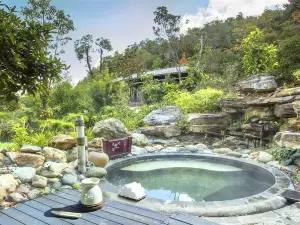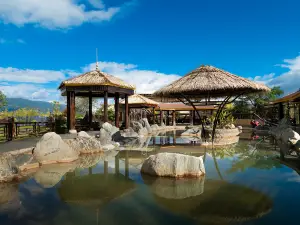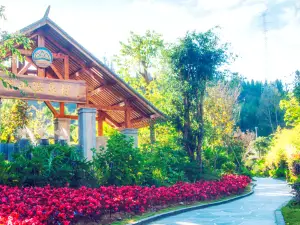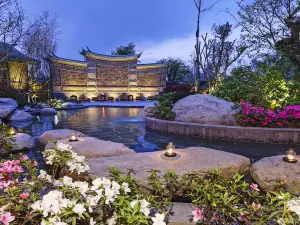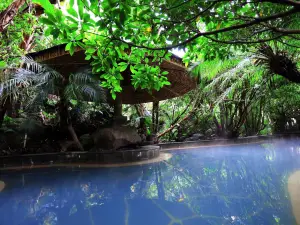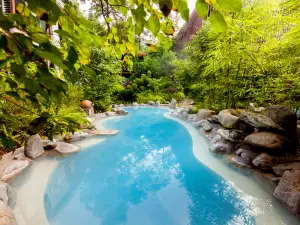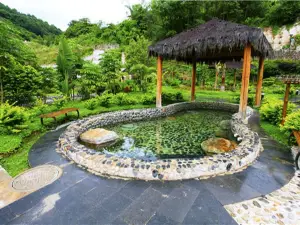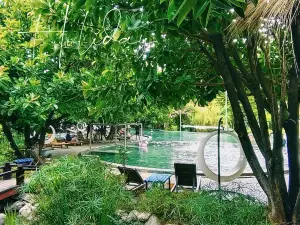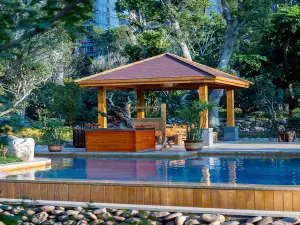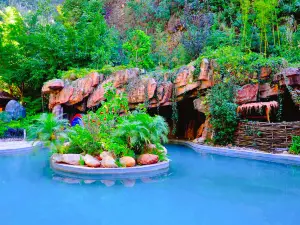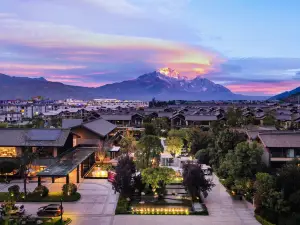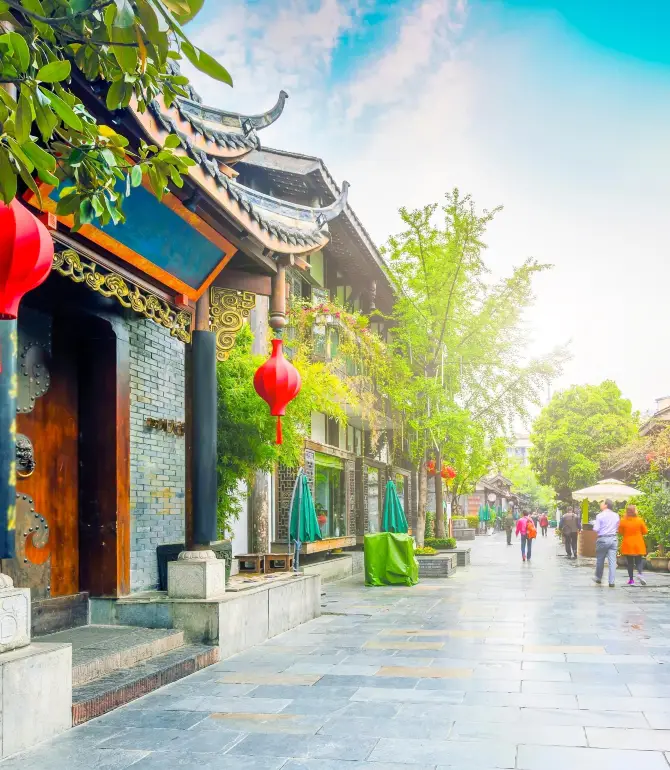Things to Do in Yulong in 2025 - Top Attractions, Local Food, Hotels & Travel Tips (Updated May, 2025) | Trip.com
About Yulong
Recommended trip: 2–4 day(s)
Recommended trip: 2–4 day(s)Current Weather Conditions
Yulong Local Experiences Map

Trending in Yulong
Yulong Local Travel Guide 2025
Yulong Brief Guide
Yulong Naxi autonomous county is located in northwest Yunnan and is one of the counties under the administration of Lijiang, Yunnan. The county has a unique folk flavor and many tourist attractions. Natural and cultural attractions include Jade Dragon Snow Mountain, Shuhe Ancient Town, the first bend of the Yangtze River, Yushui ("Jade Water") Village, and the Baisha Murals.
Yulong Must-try Local Experiences
1. Discover the Splendor of the Yulong Snow Mountain Yulong Snow Mountain offers breathtaking views with its thirteen snow-capped peaks. Take a cable car for panoramic views or hike through picturesque valleys to immerse yourself in its natural beauty. 2. Experience the Beauty of Blue Valley Blue Valley, at the foot of Yulong Snow Mountain, is known for its turquoise lakes and picturesque scenery. It's perfect for leisurely walks and photography. 3. Discover the Baisha Murals The Baisha Murals in Baisha Ancient Town showcase the rich cultural heritage of the Naxi people, offering insights into their religious and artistic traditions. 4. Immerse Yourself in Naxi Culture Experience the magic of Naxi Ancient Music with traditional instruments, enchanting melodies, and colorful costumes.Visit a local workshop to learn about the traditional techniques of Dongba paper making and try your hand at creating your own paper. 5. Celebrate the Lively Torch Festival In June, witness the vibrant Torch Festival with bonfires, traditional dances, and lively festivities that illuminate the night sky. 6. Savor the Flavors of Naxi Cuisine Indulge in Naxi cuisine with local specialties like goat cheese, yak meat dishes, fragrant stews, Naxi-style grilled fish, baba, and Yunnan rice noodles experiencing the distinct flavors of the region. 7. Take a Scenic Walk in Lashihai Wetland Park Lashihai Wetland Park is ideal for nature walks and bird watching, surrounded by lush greenery and offering a peaceful escape from bustling towns. 8. Hike Xiahutiao Canyon for Unforgettable Views Hike through Xiahutiao Canyon, one of the world's deepest gorges, with breathtaking trails, sheer cliffs, and the roaring Yangtze River below. 9. Take a Horseback Ride in the Countryside Explore Yulong's scenic countryside on horseback, enjoying the natural beauty and picturesque landscapes.
Yulong Must-see Attractions
Yulong offers diverse attractions ranging from the culturally significant and biologically diverse Jade Dragon Snow Mountain and Lashi Lake to immersive cultural experiences at Lijiang Songcheng Tourist Area and Baisha Ancient Town, and picturesque settings like Tinghua Valley - Lijiang Flowers Garden.
Yulong Food Guide
The culinary offerings of the Jade Dragon Snow Mountain area are celebrated for their distinct preparation techniques and ingredients. From the crispness of blow-lung dishes and the complexity of bean rice, to nutritious crabapple fruits and traditional bait blocks, each dish encapsulates the region’s rich cultural and gastronomic heritage.
Yulong Transportation
Yulong's transportation infrastructure is centered around its airport and railway station, which are crucial for intercity travel and tourism. There is no airport in Yulong County, but Lijiang Sanyi International Airport (IATA: LJG, ICAO: ZPLJ) is the closest airport to Yulong Naxi Autonomous County, providing air services to domestic and international travelers. The airport is located in the Gucheng District of Lijiang City and offers several direct flights to major cities in China, as well as several international routes. Lijiang Railway Station, situated in Yulong Naxi Autonomous County, serves as a key rail junction for the area. It is the northern terminus of the Dali–Lijiang railway and the southern terminus of the Lijiang–Shangri-La railway. The station is equipped with modern facilities and offers high-speed train services to various destinations, including Chuxiong and Guilin. To get to the city from Lijiang Railway Station, passengers can take a taxi or local buses such as No. 16 or No. 4, which provide direct access to Lijiang Ancient City.
Yulong Where to Stay
Yulong houses a variety of accommodation options distributed across picturesque regions such as Xuesong Village (Yuhu Village), Tiger Leaping Gorge, and Lashi Lake. Each area, enriched by distinct environmental and cultural elements, provides travelers with unique lodging experiences, from traditional setups to more modern stays.
Yulong Best Time To Visit
The best time to visit Yulong Snow Mountain is from November to April when the mountain is dramatically blanketed in snow, offering breathtaking views and excellent conditions for winter sports. This period is ideal as the sky remains clear, ensuring unobstructed views of the snowy peaks which creates a spectacular sight for visitors and photographers alike. Additionally, the cooler temperatures during these months make it comfortable for touring and engaging in outdoor activities around the mountain.
Yulong Travel Tips
1. Book Jade Dragon Snow Mountain Tickets in Advance: Jade Dragon Snow Mountain is a popular attraction in Yulong. It is advisable to book tickets well in advance, especially during peak seasons, to avoid disappointment. Reserve your tickets at least a day before to ensure entry. 2. Respect Local Naxi Culture: Yulong is home to the Naxi ethnic minority. Show respect by learning about their customs, such as the Dongba religion and pictographic writing. Ask permission before photographing local people or religious sites. 3. Stay Hydrated at High Altitudes: Yulong's high-altitude areas can cause dehydration. Always carry water and stay hydrated to avoid altitude sickness. 4. Avoid Night Travel in Remote Areas: Traveling in remote areas at night can be risky due to poor lighting and potential wildlife encounters. Plan your travel during daylight hours. 5. Beware of Altitude Sickness: Yulong's high altitude can cause altitude sickness. Symptoms include headaches, dizziness, and nausea. Acclimatize slowly, stay hydrated, and avoid alcohol and strenuous activity for the first few days.
Yulong Useful Guide
Yulong Naxi autonomous county is enriched with cultural diversity, including languages. The Naxi language, also known as Nakhi, is spoken by the Naxi people and is an official language here alongside Mandarin. The presence of multiple ethnic townships such as Liming Lisu Ethnic Township and Shitou Bai Ethnic Township further reflects the multilingual nature of the region. Visitors can utilize translation services and language apps to navigate language barriers. Moreover, general communication tips such as using gestures, maps, and facial expressions can prove helpful.
Trip.Best: Yulong
Things to do in Yulong
What to Do
Songcheng Group Romance Park Romance Show
Baisha Ancient Town
Tinghua Valley - Lijiang Flowers Garden
Xuesong Village (Yuhu Village)
Where to Stay
What to Eat
Yulong Moments: Through Travelers' Eyes

A Slice of Heaven: Discovering the Magic of Blue Moon Valley

Visit a Snow Mountain Once in Your Life

Just got back from Lijiang, not sure if I should say this...

What I liked about my trip to Lijiang

Lijiang, Yunnan is really not worth visiting.

Don't stay in the Old Town when visiting Lijiang! You have to come here!

I declare! No city understands romance better than Lijiang!

Conquering Jade Dragon Snow Mountain: A Peak Experience with Pro Tips!
Best of Yulong
Site Operator: Trip.com Travel Singapore Pte. Ltd.
